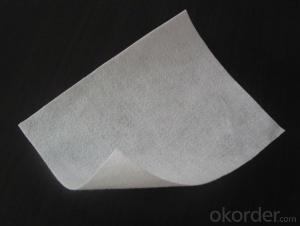Various innovative solutions have been used to tackle the critical environmental concern of erosion control over the years. Among these, ‘geocells for erosion control’ have turned out to be a popular and effective technique. These geocells are made from high-strength polymers that provide reinforcement against soil failure and erosion particularly in areas with steep slopes or those liable to natural calamities like landslides and floods.
Although the concept of geocells is not new, it has been highly appreciated when applied for erosion control because it is versatile and durable. This article will explore different aspects of geocells, their advantages and how they can be used for controlling erosion in various settings.
Geocell Versatility
One notable merit of using geocells for purposes of eroding control is the fact that they are versatile enough to cater for a broad spectrum of applications. They reinforce slopes, build retaining walls or even aid in building roads and bridges. Their shape conformity allows them to fit well on any irregular surfaces.
Installation Process
The process involved in installing geocells is relatively simple such that few skilled personnel can easily do it. The cells are filled with soil/fill materials which are then compacted so as to make them stable. In addition, this step strengthens the soil while also promoting vegetative growth thereby enhancing the purpose of using the cells in controlling erosions.
Environmental Benefits
The intention behind using geocells for stopping erosions does not only encompass preventing soils from being washed away but also providing other environmental gains too. This encourages carbon sequestration through plants growth and improves aesthetics such as green spaces within an area among others. Furthermore, adoption of geocells reduces concrete usage alongside other materials thus reducing carbon dioxide emissions associated with construction projects.
Cost-Effectiveness
In terms of cost implication, geocells have an edge over traditional methods used today for controlling soil erosion since they remain price competitive. The construction materials for geocells are usually cheaper compared to concrete or other alternatives and the installation work requires minimal labor. This makes these cells an ideal choice for projects that operate within tight budgets.
Challenges and Solutions
Despite numerous advantages of using geocells in controlling erosions, some issues do emerge. One of which involves degradability of geocells by sunlight and other elements present in the environment with time as a factor. Nevertheless, there has been progress within material technology resulting into UV stabilised geocell membranes which have longer life spans.
Future Prospects
At this time when climate change ramifications call for sustainable building practices, geocells made for erosion control could be at the center stage in solving soil erosion problems globally. Continuous research and development is expected to yield more durable structures that have better functionality as far as erosion control is concerned.
In conclusion, it can be said that geocells used as a tool to control soil erosions have proved useful. Their ease of installation, versatility, environmental benefits and cost effectiveness make them preferable options for many applications. Consequently, exploring such innovative solutions is paramount going forward if our environment needs to be protected while our infrastructure remains functional all through its lifetime.







